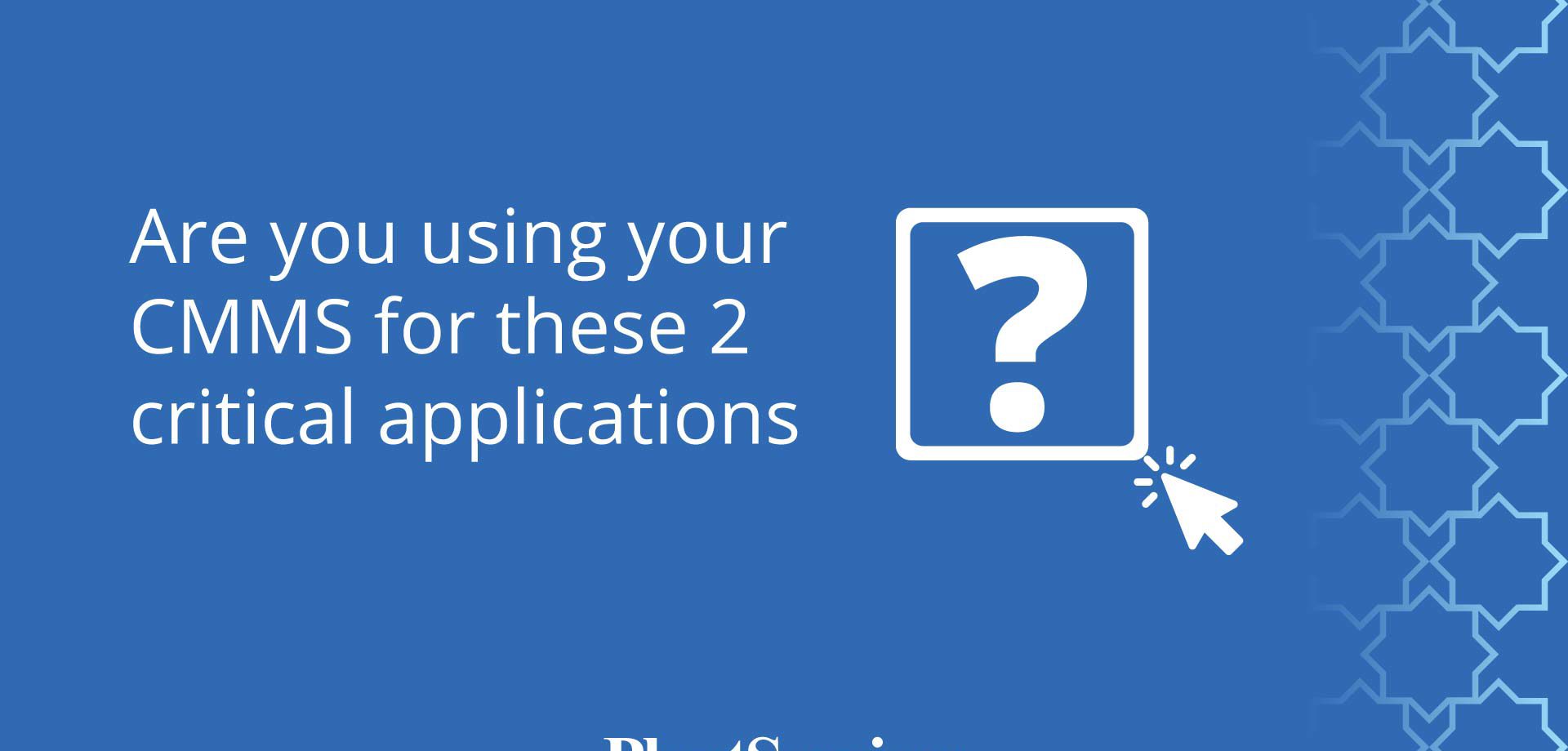Your CMMS is one of your plant’s most important tools, helping you smartly plan and track the maintenance work performed on your assets. But are you using your CMMS as proactively as you could be?
If you’re not taking advantage of your CMMS for risk scoring and better budgeting, you’re missing a big opportunity, says Plant Services Asset Manager columnist David Berger, PE.
Let’s start with budgeting. If you’ve faced questions such as, “How many people will we need in the next few years – and what skills will they need to have – to get our planned maintenance work done?” then you know how important accurate data is to making your case for maintenance investments. Berger advises that sophisticated CMMS packages will help get you the budget data you need to build your business case, as well as let you play with different scenarios to let you see how changes to individual job plans would affect the bottom line.
Six steps are key to better budgeting using your CMMS:
- Define budget work types, including use-based maintenance, condition-based maintenance, failure-based maintenance, corrective work, and work to prevent recurrence of a problem
- Define your budget reporting periods. What periods do you want to evaluate/compare? Consider: current month, year-to-date, rolling 12 months, same period last year, projected one year in the future, projected three years in the future. The budget for each period should include data on original estimate for the maintenance work, the latest estimate, actual costs, and the variance.
- Start with critical job plans. Ideally, all maintenance work should be planned. So start with the work you know you need to do, and start with your most critical assets, and decide which maintenance policy (e.g., use-based or condition-based) will balance risk and cost best for those assets. Develop detailed job plans (tasks, estimated hours, materials needed, etc.) accordingly. Work your way down through remaining work on remaining assets.
- Forecast time-based equivalence for all maintenance policies and case work. Surprises come up—that’s what case work reflects. But if you diligently investigate and track cases, you can better make predictions based on your previous experiences.
- Allow for adjustments, but maintain control. If the budget needs to increase, there should be a formal approval and escalation process for doing so. Consider options such as deferring work, using external resources, or transferring work to another work center before committing to changing the budget.
- Hold people accountable. Budgets should drive behavior change. Period.
How can you ensure you’re making the right decisions about what maintenance work needs to be done when? That’s where risk scoring comes in, says Berger.
Risk scoring helps you prioritize your asset management work, ensuring you’re devoting the right resources at the right time to a particular task. More specifically, successful risk scoring will help you balance your efforts to minimize risk, maximize asset performance and reliability, and minimize TCO (total cost of ownership) of physical assets.
According to Berger, what goes into calculating a risk score? Three components:
- Work priority. Each of the job plans you create in your CMMS for expected work should have an entry for work priority. Does the work relate to safety inspections or to meeting regulatory requirements? What are the production consequences if the work isn’t performed?
- Criticality of things. How critical to overall operations is the asset? What are its implications for worker safety? How difficult is it to procure a replacement for the asset?
- Change factors. Though an essential part of accurate risk scoring, this component often doesn’t get the attention it deserves (likely because of its complexity). Change factors can include environmental conditions in which the asset is operating or the past-due status of a work order. As the name indicates, these factors are likely to change day to day.
You’ll need very specific criteria to ensure that you’re getting consistent evaluations. Modern, comprehensive CMMS software will help you assign algorithms to the three components, allowing for consistency regardless of who’s entering the job information into the CMMS.
As you’re building your risk scoring model, remember that you want your end result to be simple to use but difficult to manipulate. Users should find the interface intuitive, but it shouldn’t allow for bypassing of certain steps or fields. The use of false questions can help determine whether users are responding properly.


